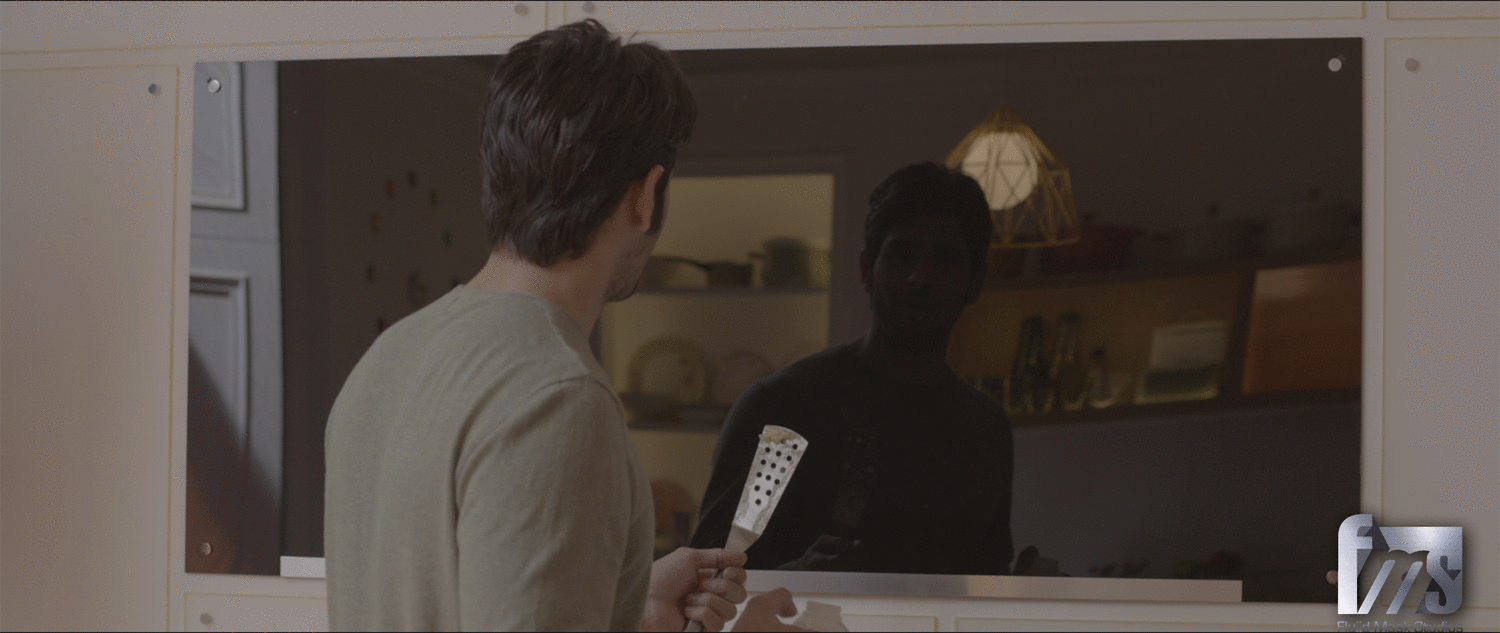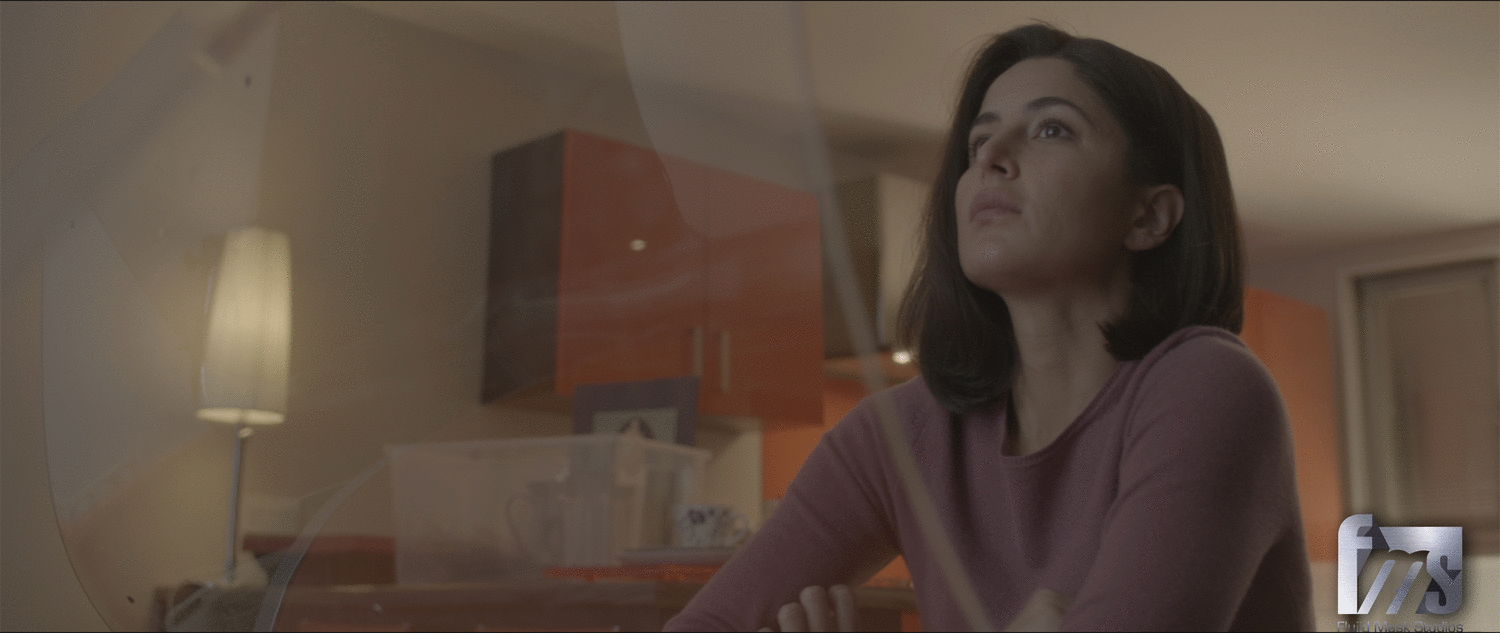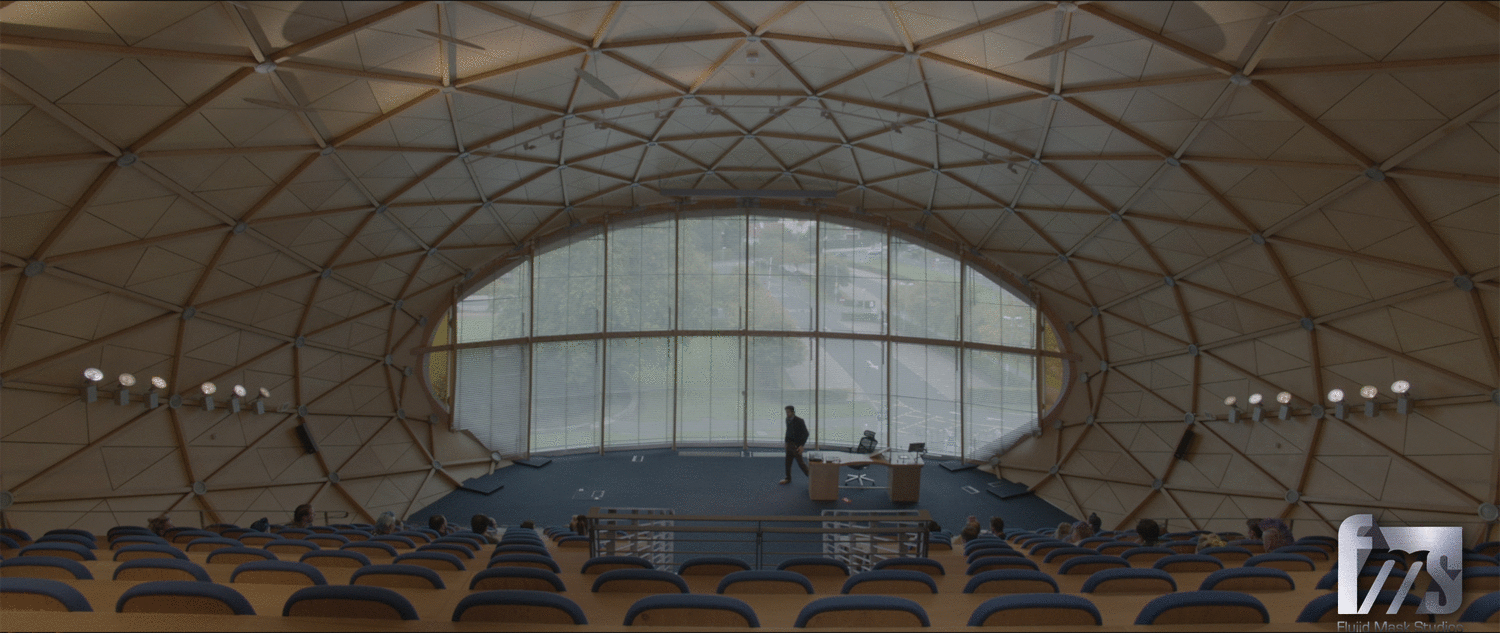With a simple concept in mind, to deliver the message that one should live in present and not be always chasing the future, Baar Baar Dekho hit the screens on 9 September 2016. Though the film met with mixed reviews for its storyline, visually it was spot on. The film’s story moved back and forth in time and showcased various futuristic devices and set-ups. And providing visual effects for these sequences was Mumbai’s Fluiidmask Studios.
With about 830 shots delivered, Fluiidmask, founder and creative director who was also the VFX supervisor for the film, Viral Thakkar was roped in right from the scripting stage of the film by director Nitya Mehra to come up with the concept arts. Being involved in the story, he helped in developing the script on the basis of how the future would look and feel like. From the various phases in the movie to the costume, gadgets, looks Thakkar completely worked on it.

“We imagined future to be simplistic. Nitya used to constantly keep a tab on everything and restricted us in case we went overboard with the designs. She wanted things to be as real as possible since the movie wasn’t a sci-fi film,” explains Thakkar. “Based on human behaviour and how we might be few years down the line, the whole futuristic era was conceptualised. Since people are lonely nowadays, we thought that maybe in future there will be smart homes which will talk to the owner and fill in the void.”
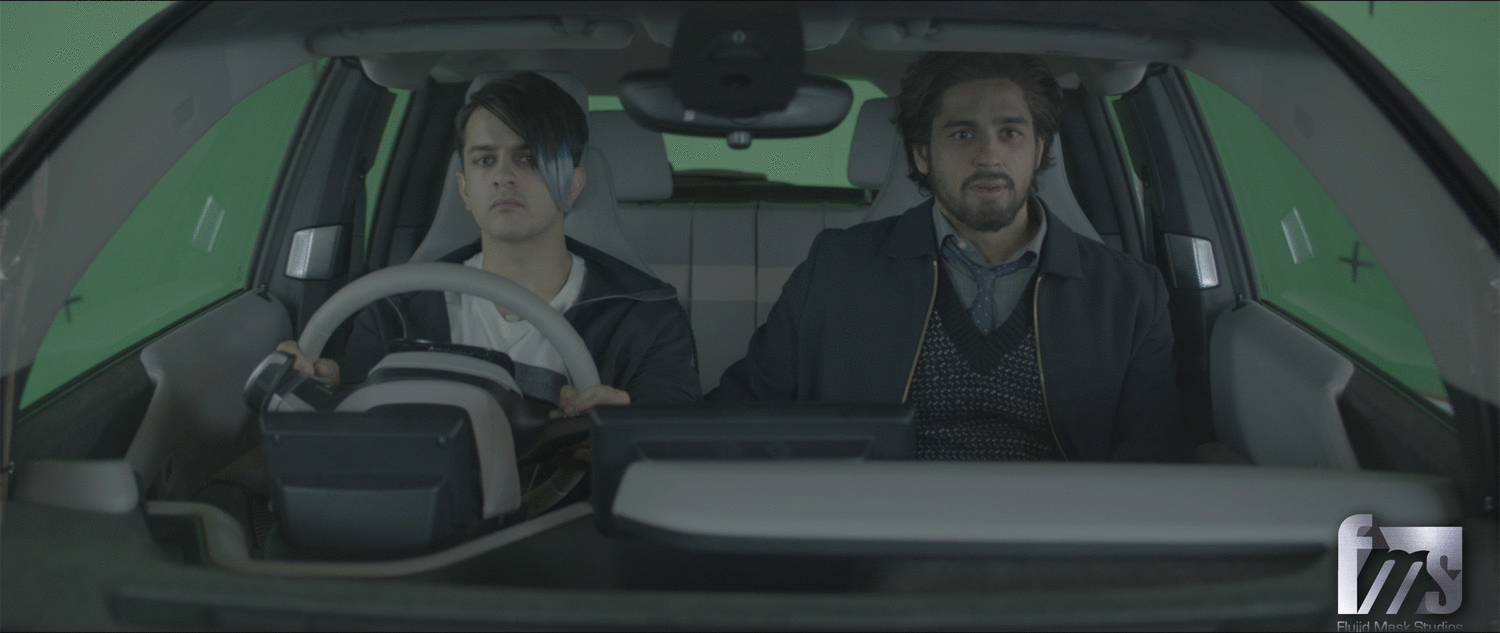
A considerable amount of work went in creating the year 2048 section as it was the most complex year and required a lot of imagery and VFX. In the film, a BMW car could be observed and to give it a futuristic feel, Thakkar required the blueprints of the vehicle. “As the filmmakers had official tie-up with BMW, we got hold of the blueprints of BMW I3 from the design team in Switzerland. We worked closely with them and stuck to recreating the interiors of the car. Inspiration was also taken from the BMW 7 series which has 360 degree collision avoidance. The dashboard, steering wheels, side windows were worked upon wherein the car could detect the weather outside, select music according to the mood of the driver. We envisioned the future to be glass and hence you will witness glass in most of the devices.”
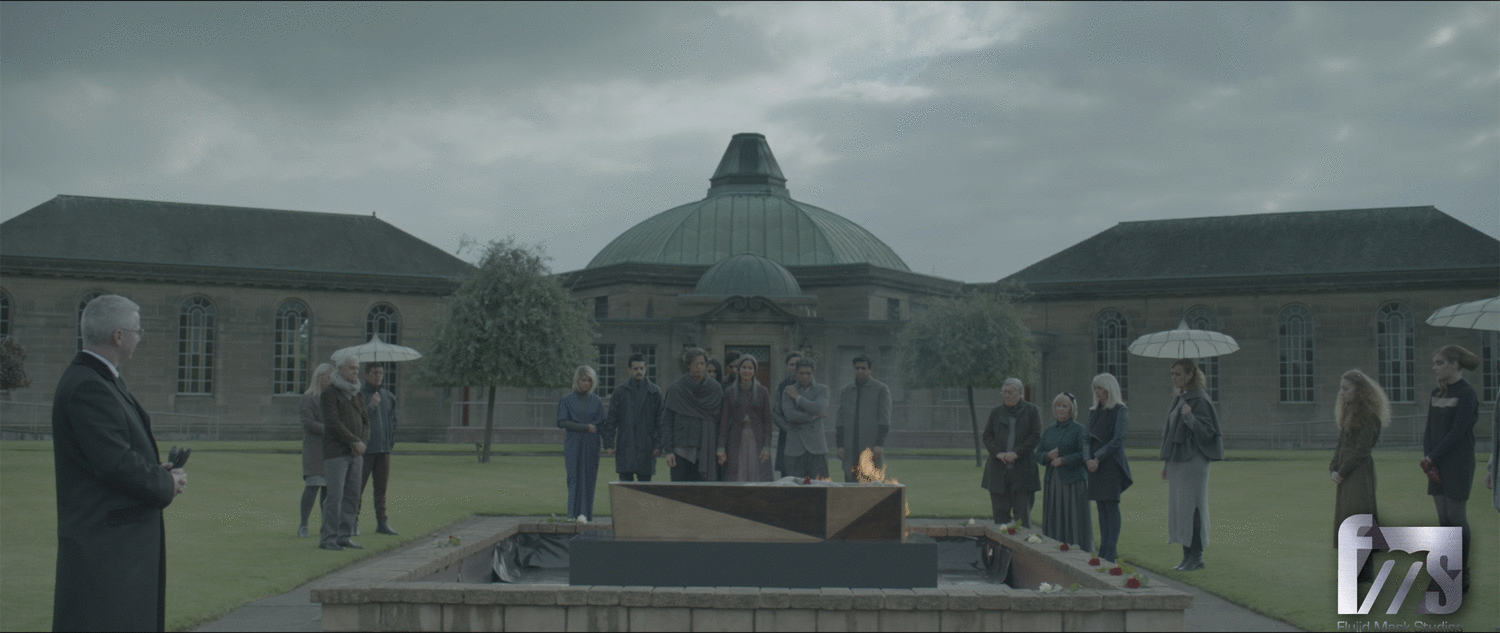
Apart from this, a crematorium sequence could also be observed in the film in which a lotus shaped glass rolls up around the body and then the body is burnt. Over here, keeping the architecture behind the scene in mind, the studio had to work on the lotus glass and the fire particles were nicely choreographed. While shooting in Glasgow, the skyline wasn’t what was required so it had to be reworked upon and cranes had to be removed from the background.
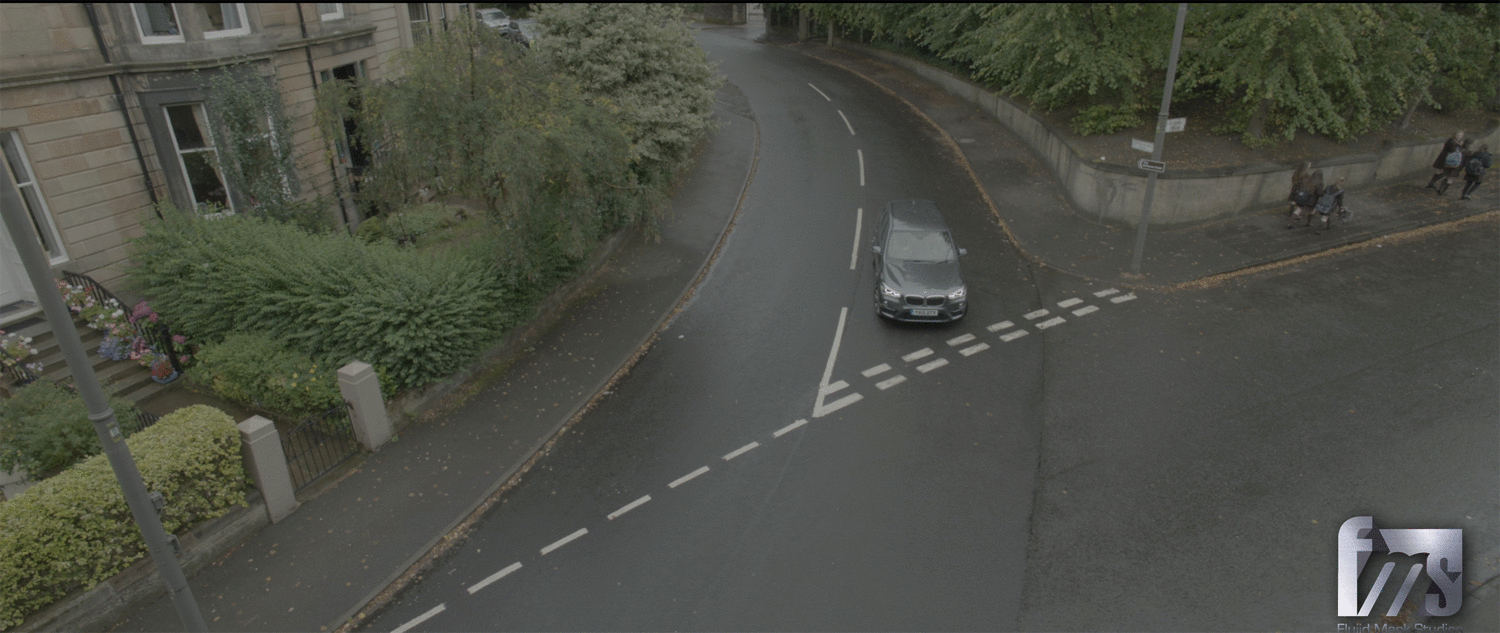
Apart from these sequences, the studio worked on creating the snowfall. The windshield wipers and snow on various actors were CGI. In some portion, they also had to work on the prosthetics as it had to be reshaped and remodelled. Necklines had to be recreated and wrinkles had to added or removed according to the year the characters were in. A lot of chroma removal shots were also there and VFX work was also carried out in the bus sequence.
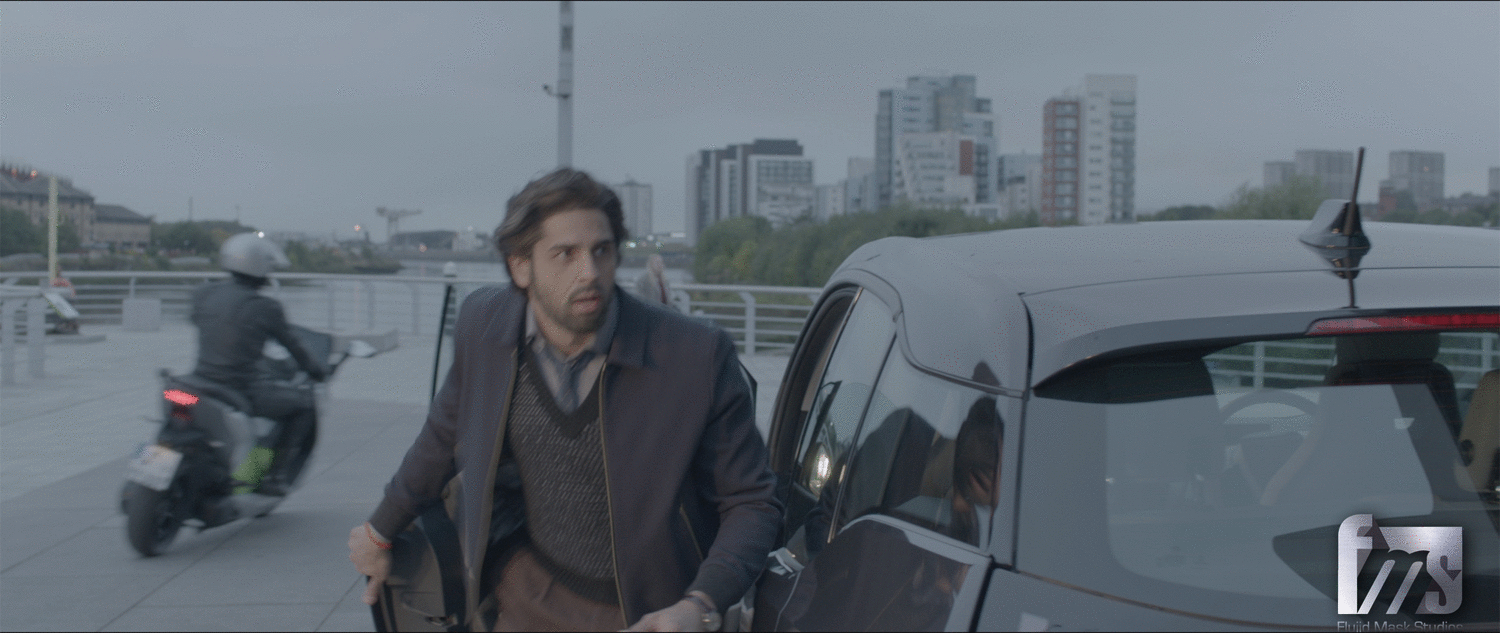
With the VFX team being present during the shoot, it eased up the studio’s task on working on the shots and the project was delivered within two months. It’s heartening to see that directors are slowly understanding the importance of involving the VFX supervisors right from the scripting stage of a film as it not just eases out their work but also saves the VFX studio’s time in delivering the project.
